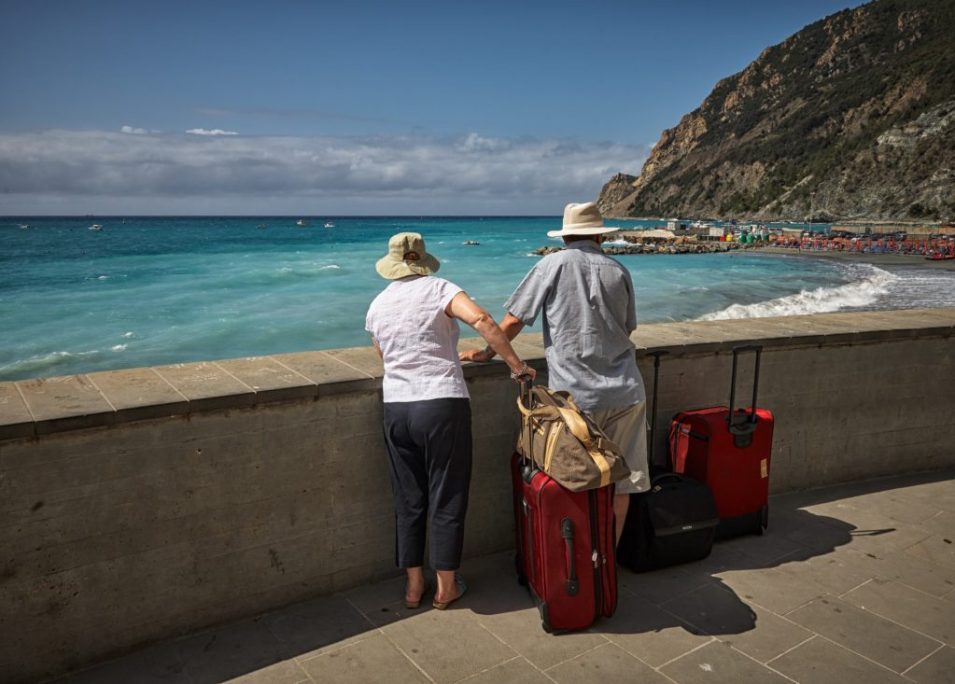Sun Protection for Older Adults

The truth is that skin becomes more delicate and vulnerable as we age, which is why we created a blog post for older adults on sun protection.
Sun protection in our older years is just as (if not more) important as it is in our younger years.
When it comes to sun protection and sun exposure for older adults, the thinking may be that wearing sunscreen daily or covering up doesn’t matter as much as it did in their 20’s and 30’s.
There isn’t a high concern for keeping your skin looking young while in your 60’s, but that doesn’t mean that older adults should stop wearing sunscreen or worrying about sun damage.
Skin Care Tips for Sun Protection for Adults 60+
Adults over 60 are more susceptible to skin cancers because of a variety of reasons. At this age our skin changes as we age in ways that weaken our defenses against skin disease.
These factors include thinner skin, a reduced immune system, and exposure to carcinogens over time (like smoking, pollutants, sunburns and tanning booths).
Typical risk factors for skin cancer also still apply; family history of skin cancer, multiple moles, pale skin, and light colored eyes are things to keep in mind as we age. The most important risk factor no matter your age is unprotected sun exposure.
According to the Skin Cancer Foundation, between 40% and 50% of Americans who live to age 65-years-old will have skin cancer at least once. It has also been reported that more than half of skin cancer-related deaths occur in persons more than 65-years-old.
The findings are especially concerning for men over age 50, who are more than twice as likely as women to die from melanoma.
Facts About Skin Cancer and Older Adults
Older skin is less able to protect itself from skin cancer.
Remember that as we get older our skin holds on to the sun damage in the form of sunspots and wrinkles. The longer we live, the more sun exposure we are likely to have. This is why it is so important that everyone is familiar with the ABCDE warning signs of skin cancer and melanoma, which are:
- Asymmetry (one half is unlike the other half)
- Border irregularity
- Color (varying color, has shades of tan, brown or black, sometimes white, red, or blue)
- Diameter (typically greater than the size of a pencil eraser)
- Evolving (the mole changes in size, shape or color over time)
If a spot on your skin changes, starts to itch or bleed, see a board-certified dermatologist RIGHT AWAY. The best way to detect skin cancer early, when it is the most treatable, is to perform skin self-exams on a regular basis.
Keep in mind that wearing UPF 50+ clothing like loose, lightweight long pants and long-sleeved shirts are ideal sun protection choices for older adults because they don’t have to be reapplied like sunscreen, and can offer better protection. Don’t forget your wide-brimmed hat, UV protective sunglasses and continue to use an SPF 30 broad spectrum sunscreen daily.







